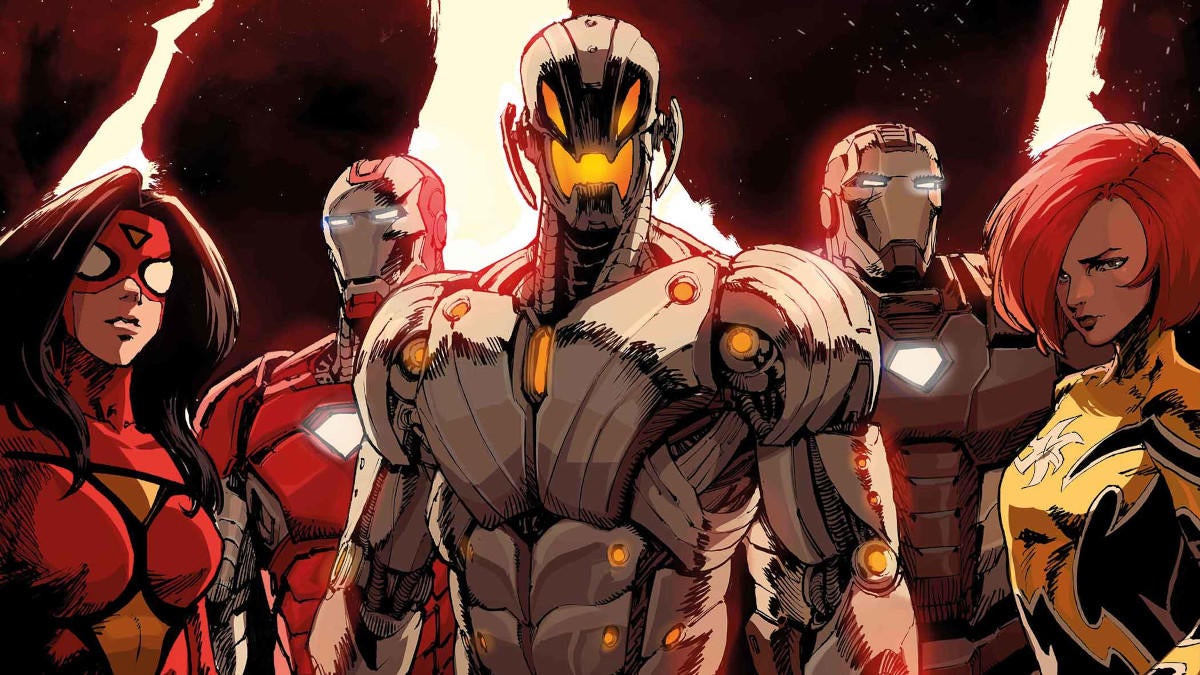Mad God Review: Phil Tippett's Masterpiece is Unlike Anything You've Ever Seen
After an incredibly prolific career in the 1970s and '80s, stop-motion effects maestro Phil [...]
After an incredibly prolific career in the 1970s and '80s, stop-motion effects maestro Phil Tippett nearly met his end when the art form he had dedicated his life to, thanks to Jurassic Park blowing the doors off of CGI capabilities. Tippett would continue to work afterward, but his Tippett Studio was forced to catch up with the times and become a traditional VFX house working with computer effects. That didn't stop the man, who continued to toy away with his full-length stop-motion epic Mad God that he started in 1987 and has continued to produce off and on for over 30 years. In that regard, the film feels like he is the titular deity and he's showing the world what he could have done for them.
Mad God has a very loose narrative, composed of vignettes throughout that seem unrelated at the time but are drawn together beautifully by the end of the tale. One major recurring segment is that of a character known only as the "Assassin," a soldier tasked with bringing a suitcase of explosives to a set location. We see two such Assassins make their own attempts on the mission and, each time, they're sent spiraling downward on a trip that Dante Alighieri would raise his eyebrows at, scored impeccably with original music by Dan Wool.
What's immediately striking about Mad God from the first frames is how tactile this entire world is and the textures that can be seen on-screen. The Assassin, a bowler-hat-wearing brute with tubes and dials across his body, descends into a war-torn hellscape but travels far into the bowels of the earth and all the discarded trash that has been left behind. Evidence of Tippet's pointed commentary on Hollywood can be seen here as he passes things like dinosaur bones, Ray Harryhausen's cyclops, Robby the Robot of Forbidden Planet, and Tippet's own ED-209 from RoboCop. An extended sequence even sees a character that looks like Claude Rains' Invisible Man be murdered; and, lest you forget, almost all of this is stop-motion animation.
As if the striking animation itself wasn't enough to take in, there are a couple of things being done that make everything about Mad God's visuals all the more impressive. First is the camera movement. Like any regular movie, there are camera pans and dollys, but Mad God takes things a step further with huge sweeping moves that transition from place to place, showing off the set and forcing you to look at all of the pieces they're moving. Second is the combination of the stop-motion effects with actual sources of light. The Assassin, on more than one occasion, finds himself exploring a dark area with a flashlight, and to see him move about and carry the light with him becomes breathtaking.
There are a handful of live-action elements interspersed in Mad God, but they're composited alongside the animation bits to seamlessly blend it all together, and it works. While stop-motion in previous works has been utilized to create a special effect that works alongside live-action, the inverse is happening here, with live-action pieces pushing the stop-motion story along. To that end, the animation effects never stick out and always feel like reality, as opposed to seeing surprise animation in a movie your brain is digesting as live-action.
As the credits roll on Mad God and your brain tries to catch up with what you just experienced in a brisk 80 minutes, you'll see Tippett's name pop up a lot. Though credited with at least nine roles on the project (Director, writer, producer, co-Director of Photography, Animator, Production Designer, Props & Models, Additional Editor, co-Visual Effects Supervisor), the man seems quick to acknowledge everyone that helped him get this labor of love into the world, too, putting himself at the end of many of the departments where 10+ persons contributed work.
Mad God seems to have a lot going on from the subtextual and surface level, but it being a spectacle for Phil Tippett's multi-hyphenated talents should have everyone excited. That Mad God is an animated movie may perhaps fool some audience members down the road but it should be stated that this is not for kids. There's a shocking amount of blood, guts, and even feces, that might make stomachs churn. But there's also a twisted sense of humor that takes glee in punishment, deadly sound effects, and moments like a Minotaur being sexually serviced. This is not a film for everyone, but it will be the film for some.
Rating: 5 out of 5
Mad God has its North American premiere at the Fantasia International Film Festival 2021. It's now streaming on Shudder.




